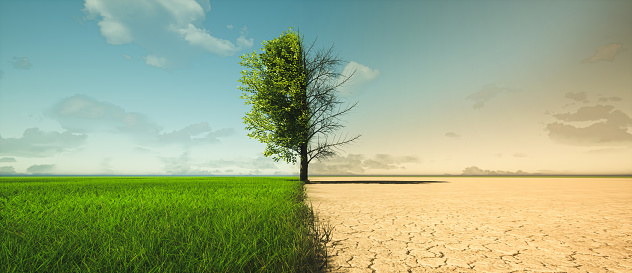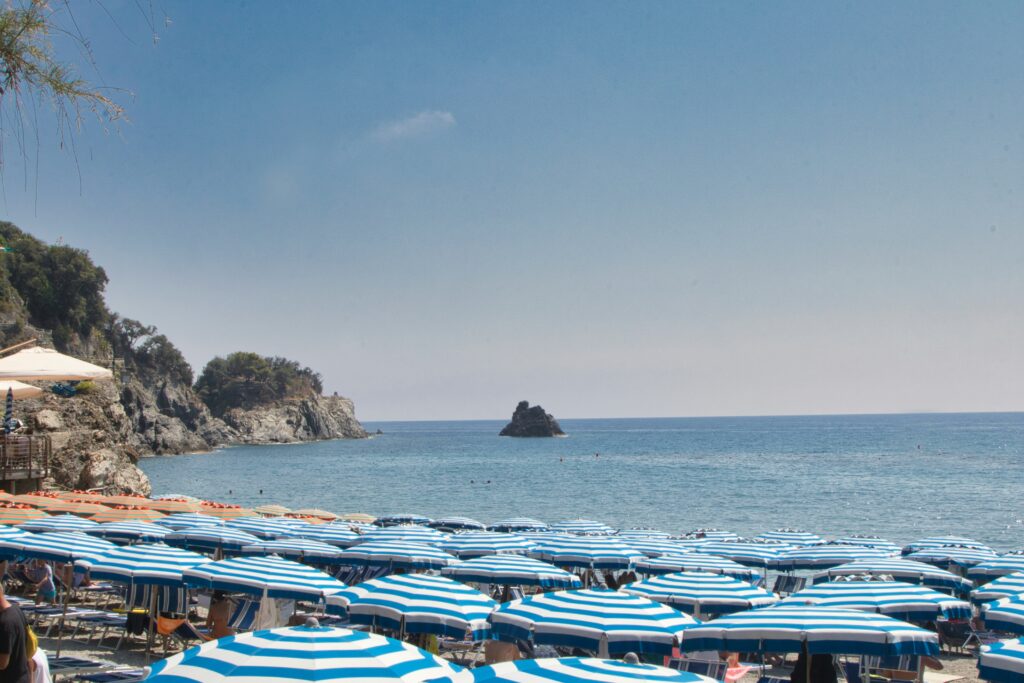The latest “doom and gloom” headlines on climate include “2018 was fourth-hottest year on record, NASA says/ World data shows ‘global warming shows no sign of slowing down or stopping’” from NBC and “2018 was the fourth-warmest year on record” from the New York Times’ “Climate Fwd.” newsletter. Which is very odd because the actual data, as the Times admits in a chart, show temperature dropping sharply in the last two years, after a 2016 jump due to an El Nino not climate, taking us back toward the essentially flat line from 2000 on. Q: When is a decline an increase? A: When it’s climate alarmism.
NBC even stated that “The three hottest years on record were 2015, 2016 and 2017.” Yes. But not in that order and it matters.
It also matters that “on record” means roughly the last century and a quarter. NBC and the Times both buried this detail deep in their stories and failed entirely to mention that these records therefore essentially began at the end of the Little Ice Age, a natural if severe cold period beginning around 1300 and ending in Victorian times. Which means we are comparing current conditions to unnaturally cold ones not, say, the entire “Holocene” period since the last retreat of the glaciers 12,000 years ago.
Actually the temperature record doesn’t go back even a hundred years in most of the world, and over the oceans the record is even shorter, which means a lot of blanks are filled in with extrapolation. About the only country with detailed records back to the 1860s is the US, where 2018 was only the 14th-hottest year since 1880 despite a general warming trend.
The shortness of the temperature record matters because, even if it can be trusted back to 1860, that means it begins at the end of the Little Ice Age. And much of the warming happened before 1940, due to causes that must be largely natural in origin. Thus one of the significant scientific peculiarities of climate alarmism is its insistence that a trend going on since 1860 should have changed its cause, but not its effect, roughly a century in.
As a result of this peculiarity, the fabled computer models need special tweaks to explain why the general upward trend during the 20th century was punctuated by a fairly sharp cooling from roughly 1940 to 1970. Aerosols from smokestacks provided the fix, the idea being that as postwar industry grew, the microscopic particles in smoke cooled the planet, and as air pollution was reduced after the 1970s, the warming effect of carbon dioxide came to the fore. For this explanation to work in a model with strong warming from CO2 requires aerosols to have a strong offsetting cooling effect, but recent evidence indicates the effect has been overstated. And the whole scheme runs into the problem that with air pollution having fallen so much since the end of the 90s, CO2-induced warming should be taking off. Instead it flatlined after 2000, except for the 2016 blip associated with the El Nino. And now it has been dropping for the last two years. That’s the real story, not the warmest-year-ever-except-for-all-the-others leaderboard.
Climate Fwd. went on to tell us that “In two separate and simultaneous [U.S. House of Representatives] committee hearings on global warming, lawmakers testified that climate change is real, happening now and requires urgent action.” Not scientists. Politicians. Moreover, “Gov. Roy Cooper of North Carolina, a Democrat, and Gov. Charlie Baker of Massachusetts, a Republican, urged Congress to rein in planet-warming greenhouse gas emissions. Climate change, they said, has already hurt apple growers, farmers and military installations in North Carolina and commercial fisheries, maple syrup producers and ski resorts in the Northeast…. Republicans, for the most part, avoided questioning the established science of climate change…” The Times’, for its part, avoided questioning the claims of declining farms, apples or tanks in the region.
Nor did it discuss the puzzle that we saw warmer years in the Roman or Minoan Warm Periods than we are seeing today, and probably in the Medieval Warm Period as well. Yet apples and maple trees, like polar bears, coral reefs and Antarctic ice, refused to perish in consequence.
Instead it ran a column by John Schwartz insisting that “Occasional bitter cold snaps don’t change the fact that the planet is warming over all…. The last five years have been the warmest five years, all part of a trend that is unmistakable, said Gavin A. Schmidt of NASA. “We’re no longer talking about a situation where global warming is something in the future,” he told me. “It’s here. It’s now.” The changes are all around us, of course.” And it went on to talk about melting Antarctic ice and Himalayan glaciers, while “In Australia, such torrential rainfall and flooding hit Queensland that residents reported snakes and crocodiles in the streets. In Europe, students have been demonstrating over climate issues. And in other news, Kendra Pierre-Louis wrote about what’s killing off the sea stars. (Spoiler: Climate change is involved.)”
Crocodiles in the streets. Sea stars in the grave. Students protesting. Never mind the model failures. It’s the apocalypse.



Excellent post.